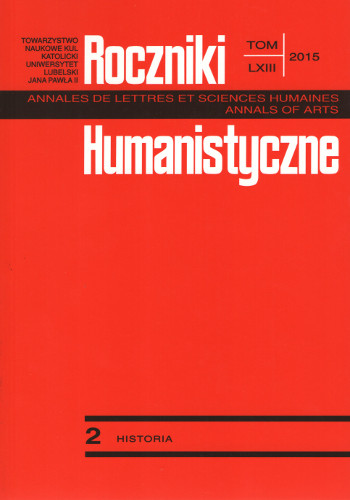Polskie władze państwowe wobec obrządku wschodniosłowiańskiego w okresie międzywojennym
The Polish State authorities’ attitude towards the Eastern Slavonic rite in the period between the two World Wars
Author(s): Mieczysław RybaSubject(s): Interwar Period (1920 - 1939)
Published by: Towarzystwo Naukowe KUL & Katolicki Uniwersytet Lubelski Jana Pawła II
Keywords: neo-union;Eastern Slavonic rite;Ministry of Religious Affairs and Public Education;Henryk Przeździecki;Andrzej Szeptycki
Summary/Abstract: Mieczysław Ryba’s article is concerned with the Polish State authorities’ attitude towards the Eastern Slavonic rite in the period between the two World Wars. After the Bolshevik Revolution the Orthodox Church in Russia suffered relentless persecutions. The Holy See wanted to restore the unity of the Russian Orthodox Church and Rome. Hence the neo-Slavonic rite was strongly propagated as a form of a new religious union, similar to Orthodoxy and being united with the Pope. Poland that had a considerable Orthodox population was an experimental area for introducing the new rite. The Polish authorities opposed this action as they thought that it might trigger off the rise of a new nationalism among the Ruthenian population. All this was connected with Poles’ bitter experiences with the Greek-Catholic Church that was the basis for the especially strong development of anti-Polish Ukrainian nationalism in Eastern Lesser Poland.
Journal: Roczniki Humanistyczne
- Issue Year: 63/2015
- Issue No: 02
- Page Range: 177-198
- Page Count: 22
- Language: Polish

